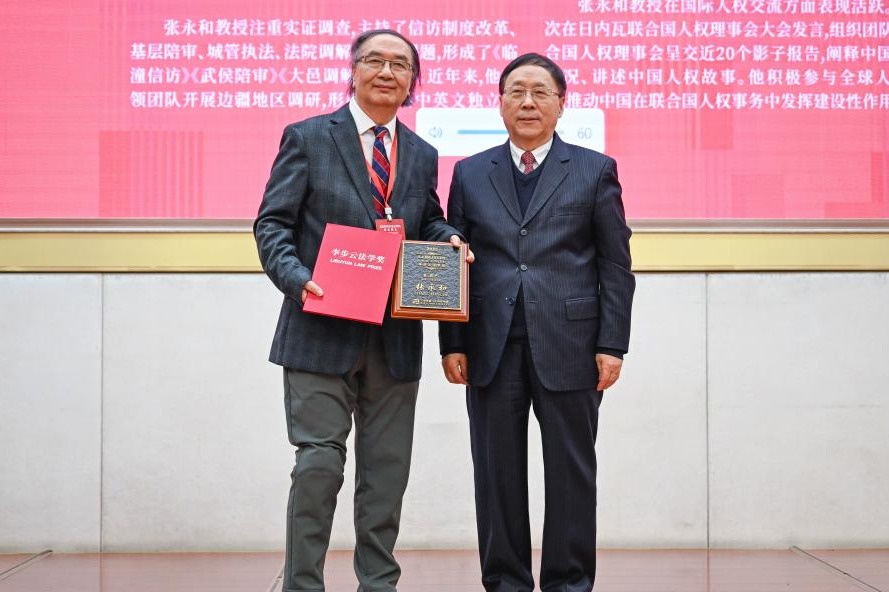China sees steady progress in diagnosis, treatment system: health official

BEIJING -- China's primary-level medical institutions, including community health centers and township and village clinics, now handle 52 percent of the country's total medical visits, a National Health Commission official said Tuesday.
During a press conference, Fu Wei, an official in charge of primary-level healthcare, said China has seen steady progress in building a tiered diagnosis and treatment system, with medical institutions at the county level and below serving more patients.
Fu said medical institutions in rural areas should be capable of handling common and frequently occurring diseases.
The tiered medical system aims to classify diseases according to their priority and difficulty of treatment as a reference for medical institutions at different levels to treat different diseases, Fu added.
This year, China will further encourage patients to seek basic medical care at primary-level medical institutions and enhance these institutions' capacity to identify complex diseases and transfer patients to higher-level hospitals, Fu said.
Through such efforts, more common and frequently occurring diseases are expected to be diagnosed and treated at medical institutions at the county level or below, she added.
- China's self-developed technology advances its high-speed railways
- Erhai Lake locals prosper from improved environment
- Doctor injects child with improperly stored drug at Chongqing hospital
- Xi's special envoy attends forum dedicated to Intl Year of Peace and Trust in Turkmenistan
- Memorial ceremony remembers victims of Nanjing Massacre
- Louvre's largest showcase in China goes on display at Museum of Art Pudong in Shanghai




































